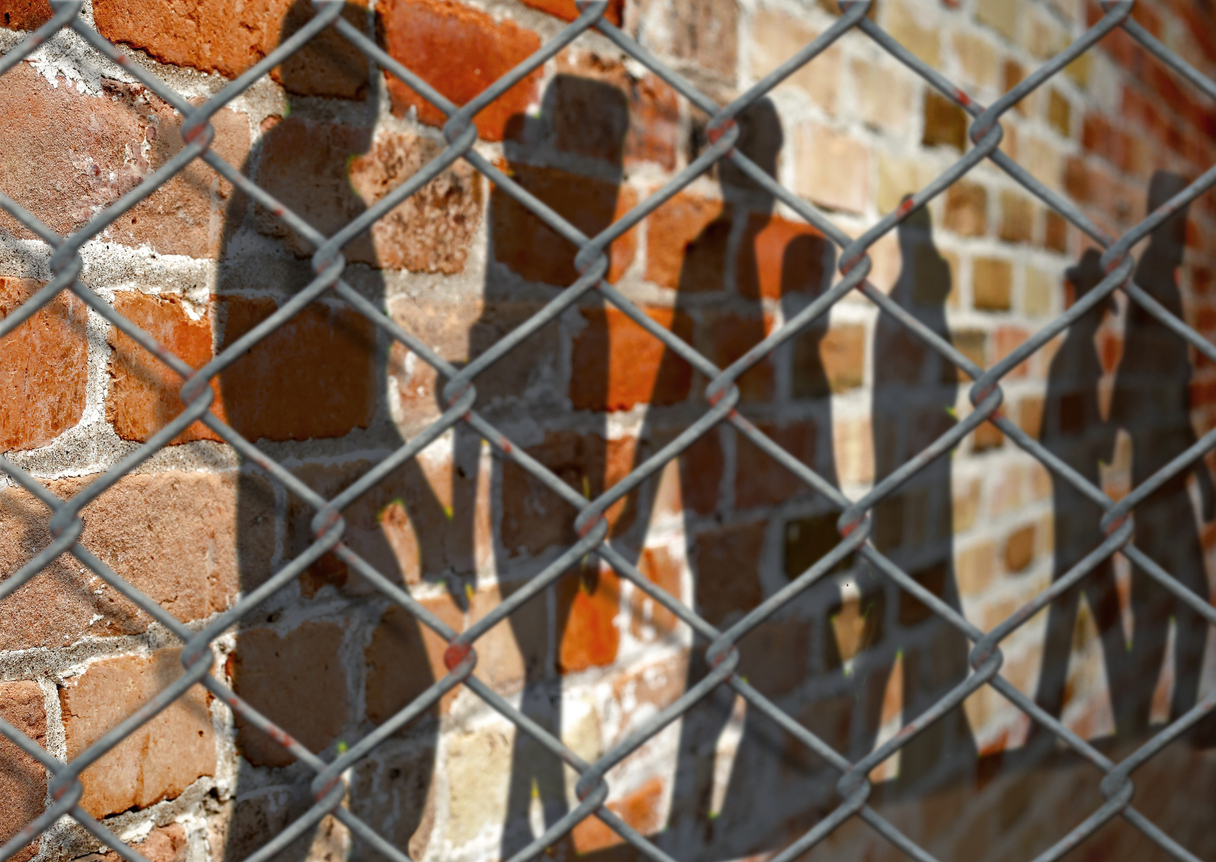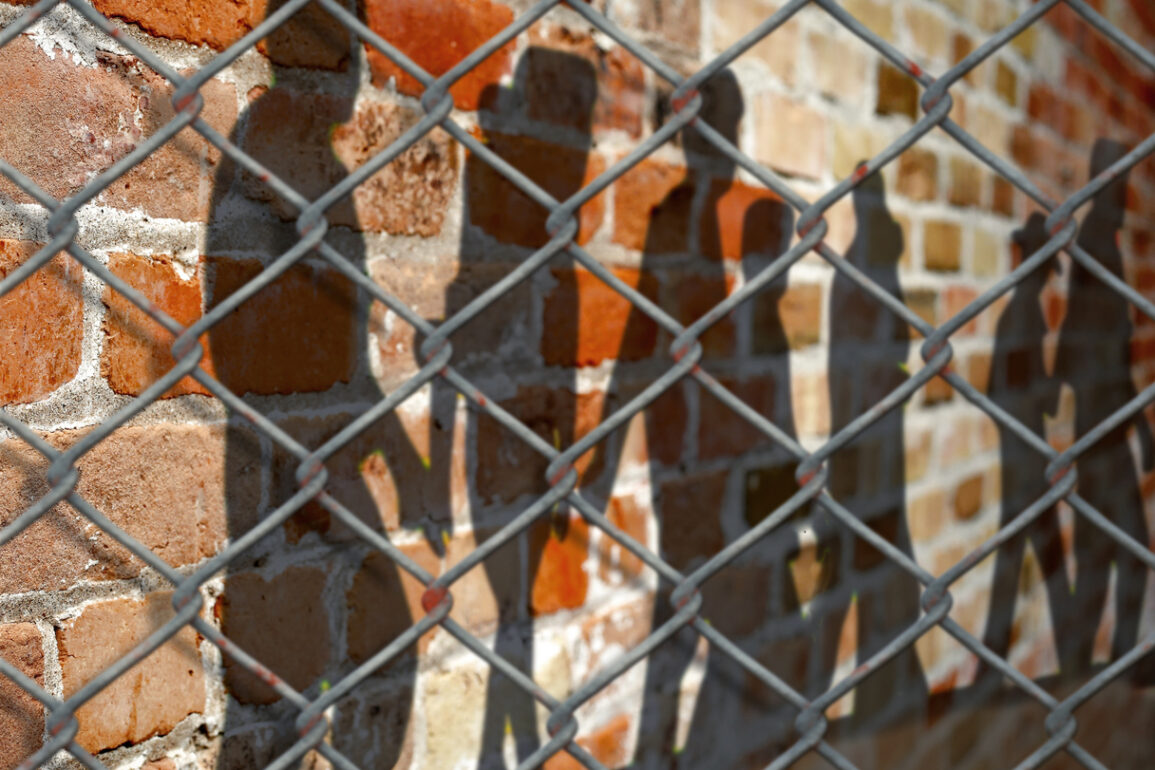
Credit: fotojog / iStock
From November 6–8, the 14th International Conference for National Human Rights Institutions (NHRIs) will take place in Copenhagen at the UN City. It is co-hosted by the Global Alliance of NHRIs (GANHRI), the UN Human Rights Office, the Ukrainian Parliament Commissioner for Human Rights, and the Danish Institute for Human Rights.
Representatives from NHRIs worldwide will meet to examine their critical role in combating and preventing torture and other ill-treatment. They will explore the diverse practical and effective ways in which NHRIs can employ their broad mandates and extensive protective functions to uphold the rights of all persons to human dignity and to freedom from torture and other ill-treatment. The International Conference for NHRIs takes place every three years and aims at developing and strengthening cooperation and enhancing impact.
We call on those gathered in Copenhagen to pay specific and close attention to the gendered dynamics of human rights violations as they seek to hold national duty bearers accountable for their actions and to mitigate harm.
NHRIs have broad mandates to promote, protect, and support the implementation of human rights standards at the national level. Why ask them to attend to a specific aspect of human and social experience, namely gender? Without specific attention to the gendered character of social harm in prisons, criminal justice practices, sites of institutional health care, and other places, the potential of rights discourse and practice to transform norms and protect people will be diminished.
This conviction is based on our collaboration-based knowledge of gendered harms around the world, rooted in research projects and development and rights–promoting initiatives in places as varied as Tunisia, Myanmar, Uganda, Sierra Leone, Thailand, and the Philippines. Through these projects, we have learned first-hand about the discrimination and violence experienced by women and people with nonbinary gender identities in all spheres of life. To take just two examples, Abir Kréfa has documented how, in Tunisia, members of the LGBTQ community are subject to violence in families, schools, colleges, workplaces, and online, as well as on the streets, in police stations, and in prisons. In Myanmar, women and LGBTQ persons have long been disproportionately criminalized and subject to violence. They currently live with the gendered impacts of a post-coup revolutionary situation.
Our conviction is also based on the international community’s understanding—at the United Nations and in international and regional human rights law, civil society, and academia—that human rights violations are gendered and that gendered violence constitutes human rights violations. It has already been ten years since Juan E. Méndez, the former UN Special Rapporteur on Torture, called for attention to torture in healthcare settings, specifically highlighting the link between torture and power over stigmatized identities such as LGBTI persons, sex workers, drug users, people living with HIV/AIDS, and people with disabilities. In 2016, Méndez drew attention to gender-based violence as a form of torture. Yet, human rights actors still have a long way to go in analyzing how power underlies the enjoyment and violation of human rights.
In theory, human rights belong to everybody, but in practice, they are distributed unequally. Gender is a major factor in determining who in society has value and who is worth protecting. Ironically, it is often those most in need of protection, those rendered most vulnerable to harm, who are valued least. Gender plays a powerful role in structuring social and political life and such hierarchies of worth, whether in war zones, in politics, in institutions, or in households. In short, gender dynamics shape lives—often in ways we do not see—and all around the world, gendered norms serve to maintain some people at the top of the pile and relegate others to the bottom. It is about women, girls, trans persons, gay men, lesbian women, bisexual people, and even men—all of whom fail to conform to one or many of the gender norms that are often unwritten but widely taken for granted.
It would be tempting to use this space to document in graphic detail the suffering of specific groups of people subject to gendered harms around the world. Rather than recount a litany of gendered sufferings perpetrated in households, neighborhoods, communities, state institutions, and sites of confinement—enabled by dominant norms and structural bias—we offer instead some concrete pointers as to what NHRIs might do.
Most fundamentally, we call on NHRIs to attend to both need and the drivers of need, to violations and their structurally and historically embedded character.
It has become commonplace for human rights–oriented actors to draw attention to the need for gender-responsive approaches, for example, to women’s needs in prisons. With the number of women in prison globally increasing, this seems like an important move, especially as the needs of women and gender minorities are regularly neglected in prisons. However, advocates who argue for needs-based programming often do not pay attention to the gendered character of imprisonment. They do not realize that prisons—designed essentially by men, for men, and underpinned by specific assumptions about men’s behavior—carry within them structural biases that are (by design)—deeply prejudicial against women and gender minorities.
Without addressing these structural factors, needs-based diagnoses and implementation can only ever be a partial solution. If long-term viable solutions to gendered harms and violations are to be sought, it is necessary to attend to their deeper context. If human rights standards are to be effectively promoted and monitored, the gendered conditions of their implementation must be understood. Standards don’t work simply by appealing to them—they must be interpreted in context and translated into everyday interpersonal and institutional practice.
We are convinced that this is a job not just for governments or grassroots organizations but also for NHRIs. It will involve acknowledging the gendered distribution of rights and opportunities; the development of an expansive “zoom” lens through which to identify harm and think about ways of mitigating its effects while simultaneously undermining its foundations; and new alliances with rights holders, grassroots organizations, and practice-oriented researchers.
Finally, we call on NHRIs to strongly resist the tendency to define problems in terms of the most obvious solutions. There is an urgent need to think creatively and to do more than simply document, legislate, train, and professionalize services. NHRIs should also be wary of the temptation to think and act only in the terms given by the state or the dominant discourse. The problems NHRIs are set up to mitigate are not only problems of law or ignorance; they stem from deeply embedded norms that rank some humans as more worthy than others. NHRIs should challenge rather than reproduce this discourse if they are truly to fulfill their mandate to protect the rights of all.
This post was originally published on this site be sure to check out more of their content.







